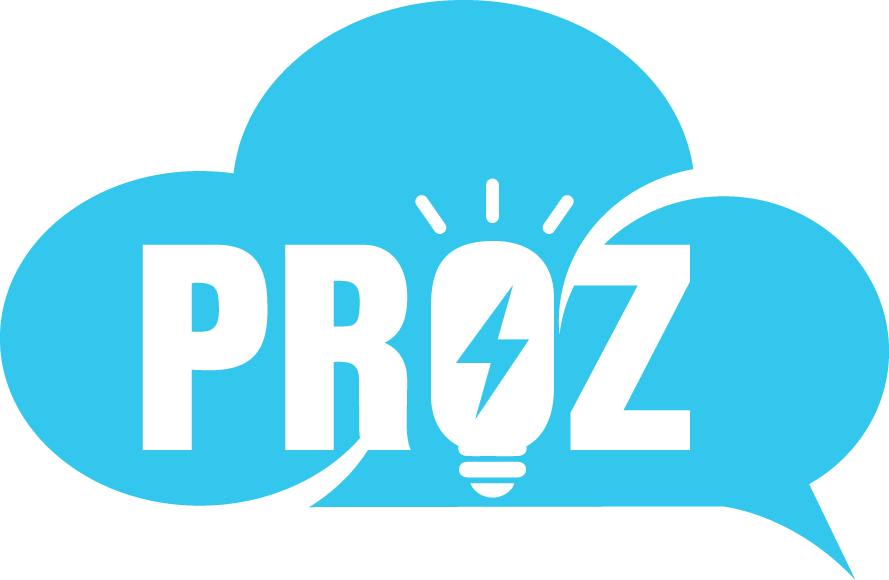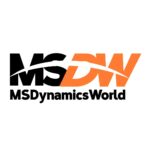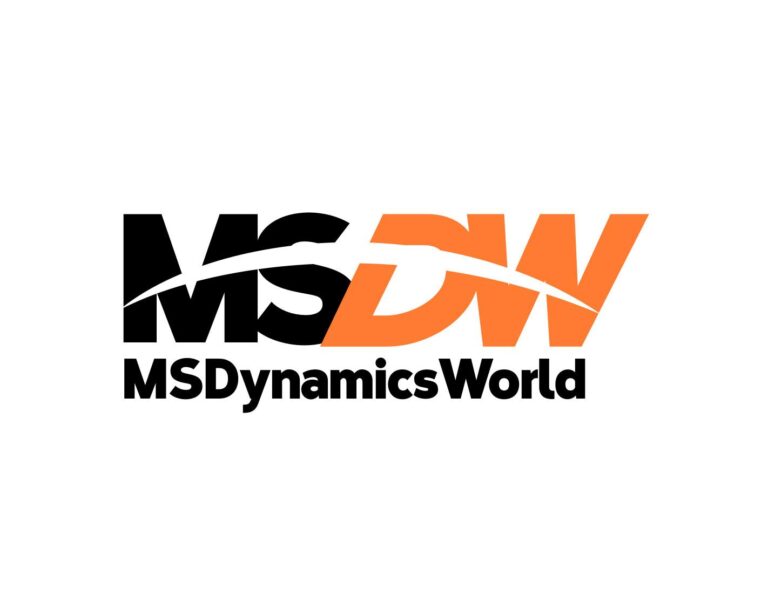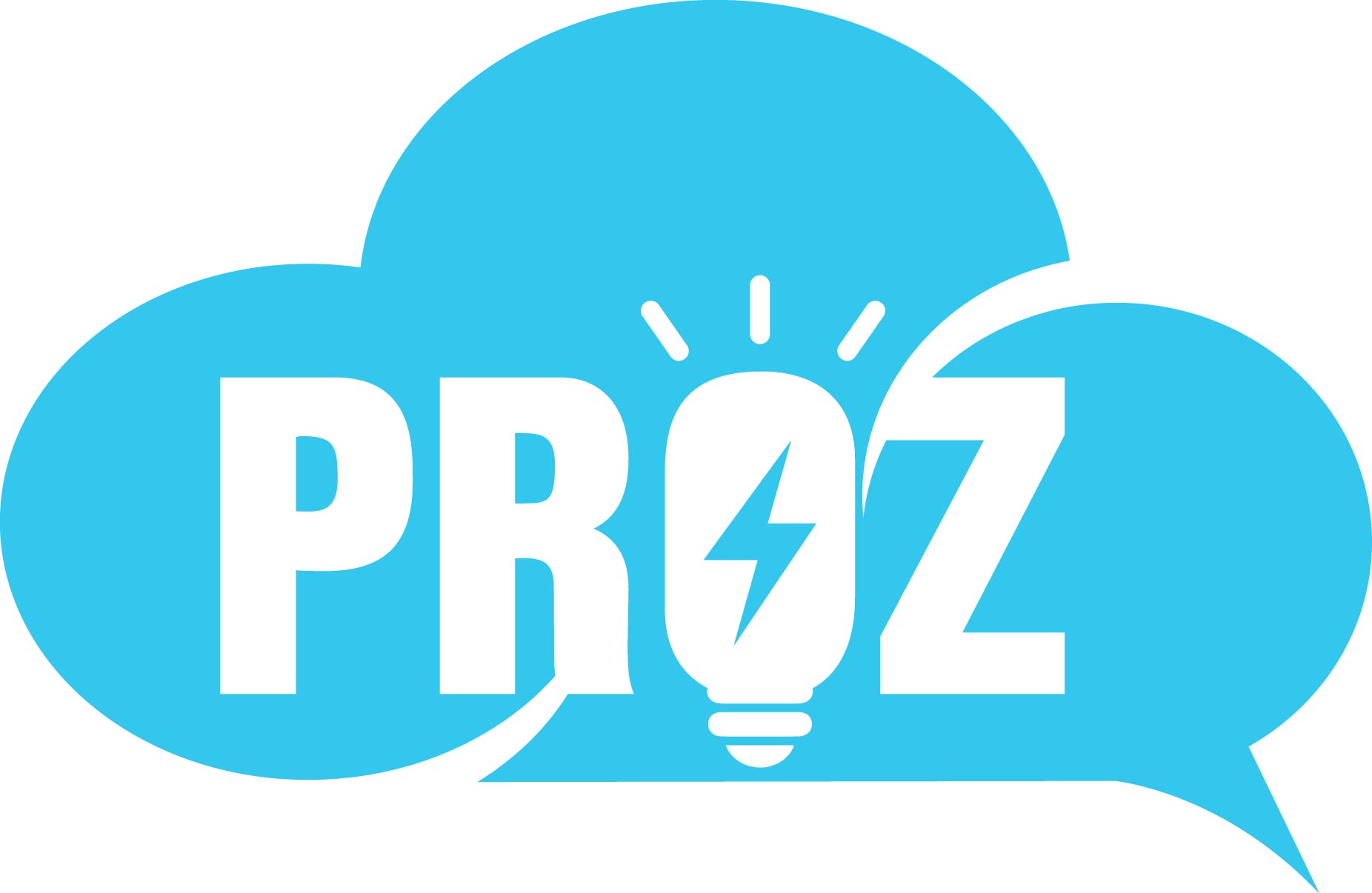The digital age has brought unprecedented convenience, but at a cost to our planet. The rapid growth of digitalization has made the Information and Communications Technology sector, including digital marketing, responsible for 2.5%–3.7% of global greenhouse gas emissions, surpassing both the aviation and shipping industries combined. This environmental impact can stem from the energy-intensive IT infrastructure that powers digital marketing activities, including data storage, digital advertising, email campaigns, social media, and AI-driven personalization. Embracing digital sustainability practices within marketing is not just an environmental responsibility; it’s a strategic imperative.
At Salesforce, sustainability is more than a value – it’s a commitment. We strive to reduce our carbon footprint and equip our customers to do the same. By adopting sustainable practices with Marketing Cloud, marketers can align their digital processes with sustainability goals. Every stage, from planning to execution, presents an opportunity to reduce environmental impact while maintaining effective marketing strategies. Here are five strategies to help.
What you’ll learn
1. Optimize data management and storage
Data is at the core of digital marketing, but its storage and processing come at an environmental cost. Every piece of data stored requires energy for maintenance, retrieval, and security. Unused or excessive data not only clutters your database but also increases energy consumption. By managing data more efficiently, businesses can reduce their digital carbon footprint while improving marketing performance.
Digital sustainability tips:
- Audit data extensions: Start by auditing your data extensions in Marketing Cloud to ensure you’re only storing the information you truly need. Cleaning and organizing these data tables can improve efficiency, reduce resource consumption, and free up storage. Administrators can even download a report of the data storage by data extension.
- Implement retention policies: Adding retention policies will also help automate this process by removing outdated or unused data. For larger datasets, use tools like the CustomObject API to automate reporting and analyze where optimizations can be made.
- Reduce field sizes: If your data extensions are overly large, explore whether the fields they contain are unnecessarily extensive. For example, fields with oversized limits or irrelevant data can be replaced with leaner versions to streamline performance. Migrate relevant automations and journeys to these optimized data extensions to make your operations faster and more sustainable.
- Refine data syncing: Another area to address is data syncing between Marketing Cloud and platforms like Sales or Service Cloud. Only synchronize the data you need for marketing purposes, as excessive syncing places unnecessary strain on both systems. Many organizations have achieved significant efficiency gains by reducing the number of fields being synchronized, excluding large text fields, and using a flagging system to only sync relevant records. These optimizations not only lighten data loads but also improve the overall performance of your marketing operations.
2. Minimize content and media impact
The content you create and distribute has a direct energy footprint, from the file sizes of images and videos to the processing power required to render them on user devices. Optimizing content and media for efficiency reduces this footprint, minimizes energy consumption, and contributes to a more sustainable digital ecosystem. By making conscious choices in content creation, you can ensure that your marketing efforts are not only effective but also environmentally responsible.
Digital sustainability tips:
- Optimize media use: Before including images or videos in campaigns, consider whether they truly add value to the customer experience. When media is necessary, opt for efficient formats like WebP (25-34% smaller images in size compared to PNGs and JPEGs for equivalent quality), compress files, and reduce dimensions. Avoiding high-energy elements, like animations or carousels, further reduces energy consumption.
- Choose efficient design: Use darker color palettes when possible to consume less energy on user devicesand select efficient colors, avoiding energy-intensive ones like blue. Even design choices, such as color and typography, can influence sustainability. Adopt system fonts or self-hosted web fonts to minimize the energy required to display your content by eliminating the need for server requests.
- Refine personalization: Evaluate the effectiveness of your email personalization, focusing on impact rather than volume. Highly customized emails are often resource-intensive to generate, particularly when they rely on external API calls. Use tools like Einstein Engagement Scoring and Agentforce Campaigns to identify less-engaged audiences and scale back unnecessary personalization.
- Consider AI footprint: Be mindful of AI image generation. Be conscious of the energy footprint of AI-generated images. Some models can consume energy equivalent to 50% of a smartphone’s charge for a single image. Consider whether AI-generated images are necessary and explore more energy-efficient alternatives.
3. Enhance campaign and automation efficiency
Every marketing campaign involves a series of automated processes, from segmentation to messaging delivery. However, inefficiencies in automation can lead to excessive energy consumption and unnecessary system strain. Optimizing workflows in tools like Journey Builder and automating tasks intelligently with Agentforce not only reduces the environmental impact but improves system responsiveness and operational costs.
Digital sustainability tips:
- Pre-filter contacts: Pre-filter contacts before they enter the journey to ensure only relevant audiences are included. One common inefficiency is injecting large datasets into a journey and filtering contacts through decision splits.
- Prepare data ahead: Similarly, prepare data in advance to reduce the need for complex queries or external API calls during the execution of a journey. This not only accelerates message generation but also minimizes the strain on your systems.
- Stagger large sends: For larger campaigns, stagger message sends over time to prevent system overloads and ensure smoother processing. AI tools like Einstein Send Time Optimization or Agentforce Campaigns can help determine the best time to send messages to each contact, optimizing both engagement and resource use.
- Analyze journey efficiency: Take a look at the Journey Builder Optimisation Dashboard to help you find inefficient configurations.
- Adjust automation schedules: Automation schedules are another key area for improvement. Replace hourly automations with less frequent runs or limit them to business hours. For real-time needs, use triggered send API or journey entry events as more efficient alternatives. These adjustments ensure that resources are allocated wisely while reducing energy consumption.
4. Optimize API interactions
Unoptimized API exchanges can create significant bottlenecks, not only slowing down data flow and hindering real-time marketing capabilities, but also increasing the load on server infrastructure. By refining API calls and reducing unnecessary data requests, you can ensure quick and efficient communication between systems, minimizing processing demands and contributing to a more sustainable digital ecosystem through reduced server strain.
Digital sustainability tips:
- Improve API response times: Test and optimize the response times of external systems to ensure efficiency during API interactions. If your Marketing Cloud setup relies on real-time data retrieval during message generation, slow external responses can delay processes and increase resource consumption.
- Use asynchronous workflows: Whenever possible, switch to asynchronous workflows to reduce bottlenecks and improve system performance.
- Monitor custom activities: Custom activities in Journey Builder, which often depend on external services, are particularly important to monitor and optimize. Ensure these activities are efficient to make a significant difference in the sustainability of your journeys.
5. Monitor digital sustainability progress and continuously improve
Sustainability is not a one-time initiative but an ongoing commitment. Measuring and optimizing your efforts regularly ensures that your marketing operations remain efficient and environmentally responsible. Implementing a continuous improvement mindset helps your organization stay ahead in reducing digital waste.
Digital sustainability tips:
- Explore usage insights: Tools like the Customer Success Score can provide insights into how well your team is using Marketing Cloud and highlight opportunities for further optimization.
- Invest in training: Invest in employee training to teach your team to embrace sustainable practices. Platforms like Trailhead offer valuable resources to upskill your employees and drive innovation in reducing waste and improving efficiency.
- Use expert guidance: For organizations with Signature Success, use Proactive Monitoring and expert guidance from Success Architects to improve your sustainability efforts. Reach out to your Account Executive to learn more.
At Salesforce, we are committed to helping you achieve your digital sustainability goals while maintaining effective and impactful marketing strategies. By adopting these best practices, you can build a greener future for your business and the planet. Together, we can make a difference.
Bold climate action is the only way forward
We are committed to sustainability and use the full power of Salesforce to help our customers achieve their environmental goals. Join us on the path to a sustainable future.












